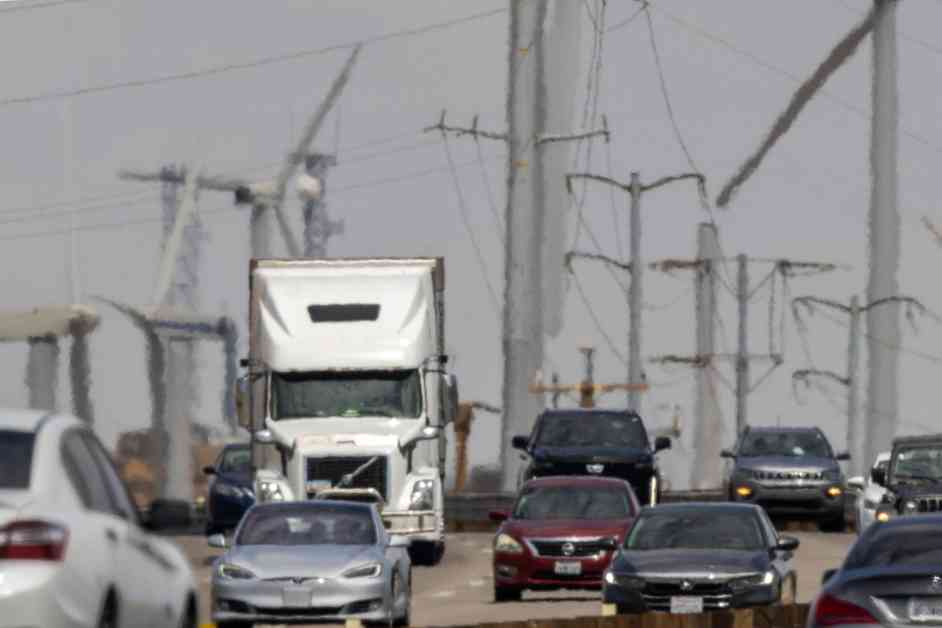Infrastructure in the United States is facing significant challenges due to the impact of extreme heat caused by the ongoing climate crisis. While many people are aware of the more dramatic examples of infrastructure failure, such as flooded subway entrances and power grid shutdowns, the effects of extreme heat on various systems are often less visible but equally damaging.
Roads, power lines, transportation systems, hospitals, and water systems are all vulnerable to the effects of extreme heat. For example, roads made with asphalt can soften and develop ruts when exposed to high temperatures beyond what they were designed for. Train rails can kink, bridges can buckle, and planes may struggle to generate lift in thinner air. Power lines may sag and pose a fire risk, while power plants may have to reduce energy production to prevent overheating.
Hospitals can see an increase in patients during heatwaves, with issues like heat stroke, asthma, and cardiovascular disease becoming more common. Water infrastructure is also at risk, as drinking water can warm significantly as it travels through underground pipes, potentially leading to increased leaching of harmful substances into tap water.
Researchers are still studying the full extent of the impact of extreme heat on infrastructure, including the underground heat islands created by urban development and the long-term effects of heat on various materials. As temperatures continue to rise and infrastructure ages, cities will need to invest in maintaining and upgrading these systems to ensure the well-being of their communities.
The hidden infrastructure that supports our daily lives is crucial to the functioning of our society, and neglecting to address the effects of extreme heat can have serious consequences. By recognizing the challenges posed by climate change and investing in resilient infrastructure, we can ensure that our communities remain safe and sustainable in the face of rising temperatures.

